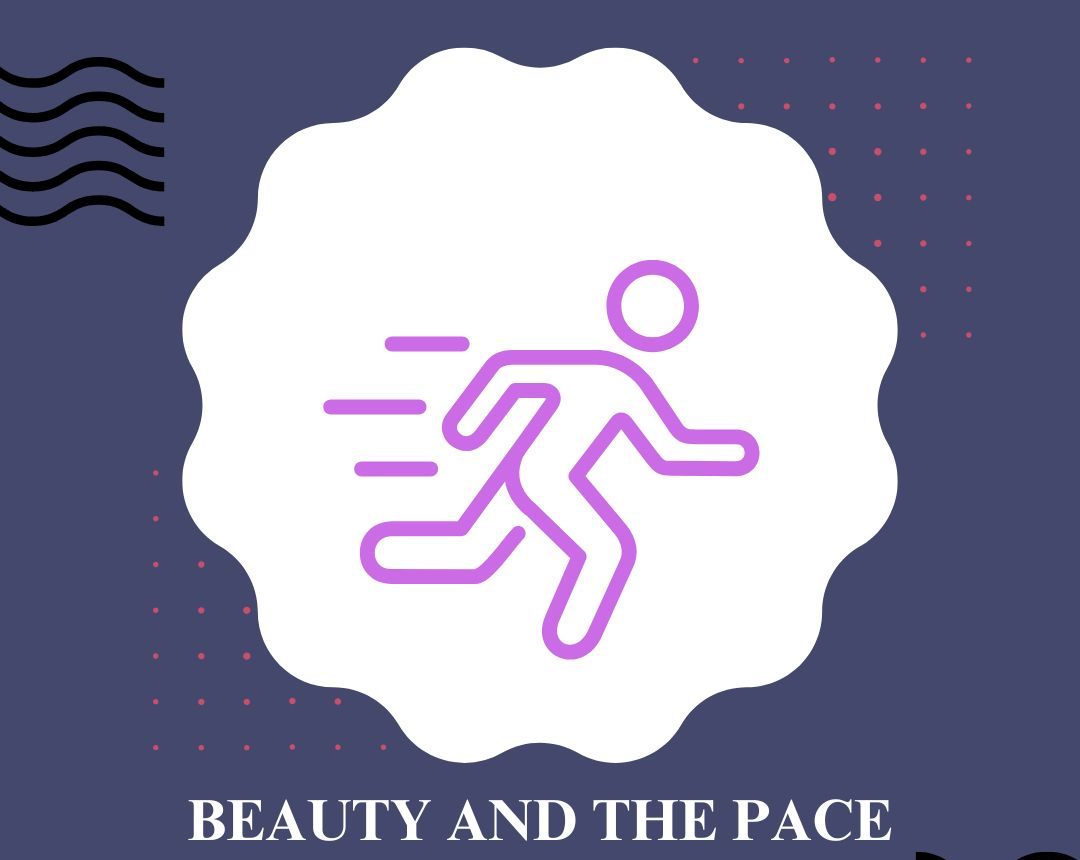
I wanted to dedicate this article specifically to animating the cast. The characters you create must be easy to animate. Unlike other typical web shows, which are typically made using rigs or are hand-drawn, you animate your characters with just assets. So, unlike a usual show, you can add more details in your characters. Using character, clothing, and prop assets can speed up the animation process and allow you to make more complex designs.
However, the more assets you need to add, the more complex animating becomes to help the process. You should try to limit how many parts you’re adding to the character. This is because when you animate so many moving parts, just a single frame will take at least five minutes, and assuming you’re animating at 24 fps (frames per second) this would be an unnecessary extra step to do.
Usually, you want to limit the number of stripes on something to around one to three when animating by hand or using a rig, but since the hat in the Cinder example will be separated from the character’s body, it doesn’t have to be redrawn, so having four or more stripes is okay. The dangling part of the hat and the scarf create four extra assets one has to animate.
You’ll need to “build” your assets. Assets are premade body parts or props used for each frame, so instead of redrawing the character every time they appear, you can just insert their assets. You need your front, back, and side views for every segment. Unlike typical animation, you don’t have to build rigs. Rigs have segmented body parts that you can animate instead of having to redraw them over and over. However, this takes much longer than just creating a few assets since you need not only layer them. It’s unnecessary and takes just as much time to animate something with a rig as it is to animate without it.

What’s interesting about object shows is just how easy they are to animate and how they fundamentally work slightly different compared to a usual animation workspace, as production is full of newcomers who lack much previous experience with any part of the animation pipeline. Working on objects shows, for most people, putting their foot in the door to start building a portfolio, and the workspace is mostly online. The communication is very different as well, along with requirements and experience skills, since most of the time you will find object shows being worked on by people with little to no prior experience. However, it ends up being a really great product overall.






















